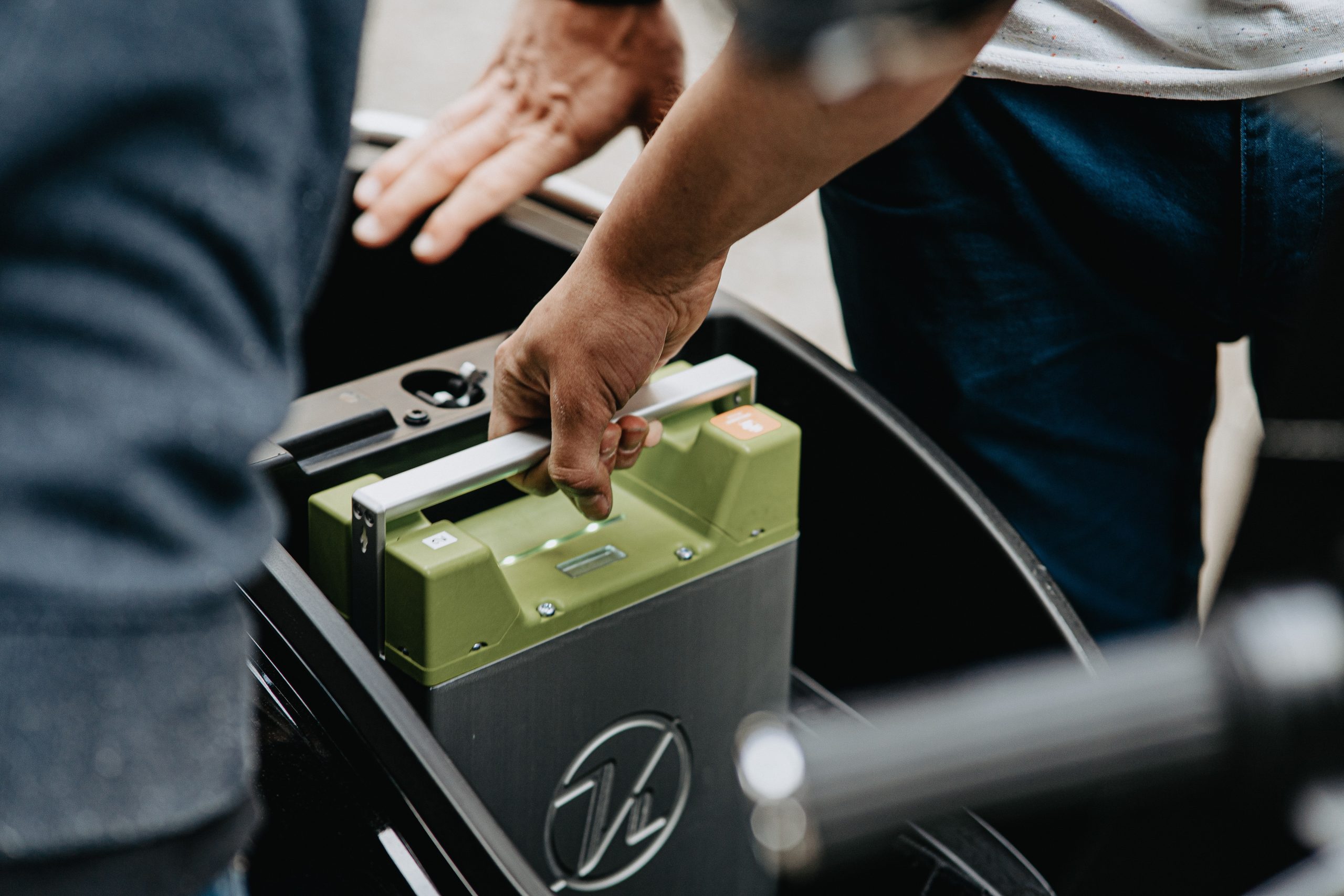
Adsorption-type Direct Lithium Extraction.
Making sustainable lithium extraction possible A-DLE.
A-DLE constitutes 10% of lithium production today and is set to increase to 15% of market share in the next 10 years due to its cost, purity and sustainability advantages. With A-DLE, a growing wave of sustainable lithium supply is building. Invented in the 1970s and commercially used since 1996, multiple new commercial projects have been built over the past years and even new competitors have entered the market. As A-DLE has synergies with oil and gas projects, major players from this industry are starting to invest in the space. A-DLE can draw on naturally occurring, renewable geothermal energy to power the lithium production process and create a renewable energy by-product. This uses no fossil fuels in the process, requires very little water and has a tiny land footprint.

Making sustainable lithium extraction possible Distinct advantages of A-DLE.
As the industry evolves, Adsorption-type DLE is becoming the preferred choice for responsible lithium production, mostly because A-DLE stands out with distinct advantages over other DLE methods:
Sustainable lithium extraction How a sorbent comes into use for DLE.
The brine stored in subsurface reservoirs in the Upper Rhine Valley Brine Field contains lithium in dissolved form. When brine is brought to the surface, lithium can be extracted with the use of a sorbent. This technology, called Adsorption-type Direct Lithium Extraction (A-DLE), has been used commercially for decades in the lithium industry, and can be used on most brines where salinity and heat are present – just like in the Upper Rhine Valley.

Q&A
This is a common misunderstanding, as “DLE” is an umbrella term, which refers to more than one kind of technology. DLE using an aluminate-type adsorbent, like Vulcan is doing, is proven, has been used commercially for decades in the lithium industry, and can be used on most brines where salinity and heat is present. Now that the lithium industry is growing and sustainability is becoming a much bigger issue, its use is increasing very quickly.
It is the novel DLE methods that are being tested by academic researchers and start-ups that are not commercially proven, such as titanium/manganese-based ion exchange materials, and membranes. Stakeholders beware: not all “DLE” is the same.
There have been a spate of government-funded research projects worldwide into novel, unproven types of “DLE”. The industry should support R&D into new lithium extraction technologies where the brines are not amenable to adsorption-type DLE (A-DLE).
However, where brine conditions are amenable to A-DLE, there is no pressing need for further research into novel technologies.
A strength of A-DLE is that it uses very little chemical reagents, and the main inputs are heat, brine and water. The sorbent needs to be “washed” with water to desorb the lithium from the sorbent. If simple recycles are built into the process design, this water can be reused again and again, resulting in a tiny water footprint. So yes, if done right, A-DLE is a low water use as well as low carbon way of producing lithium for electric vehicles.





